Astronomy Vignettes. Learning About Our World. 1932.

Astronomy vignettes. Learning about our world. 1932.
More Posts from Sidusglacies and Others









↳ in the profound darkness of certain nights i have seen the sky streaked with so many trailing sparks that it seemed to me a great gale must be blowing through the outer heavens (antoine de saint-exupery)
(insp.)

Incredible south pole aurora of Saturn


texas// us-57

The Atlanta Constitution, Georgia, June 25, 1932
"Vorticity 3"

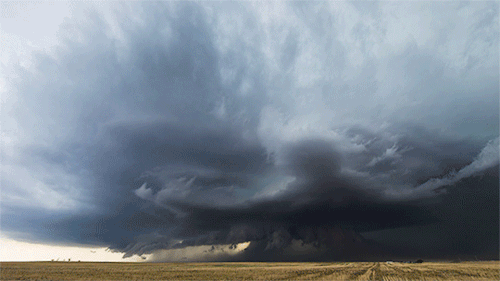
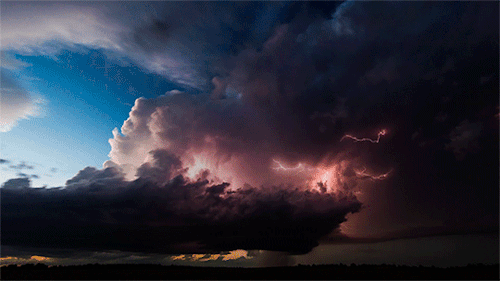
Mike Olbinski’s “Vorticity 3” is a stunning view of storm chasing in the American West. (Video and image credit: M. Olbinski) Read the full article





Blanet: A new class of planet that could form around black holes
The dust clouds around supermassive black holes are the perfect breeding ground for an exotic new type of planet.
Blanets are fundamentally similar to planets; they have enough mass to be rounded by their own gravity, but are not massive enough to start thermonuclear fusion, just like planets that orbit stars. In 2019, a team of astronomers and exoplanetologists showed that there is a safe zone around a supermassive black hole that could harbor thousands of blanets in orbit around it.
The generally agreed theory of planet formation is that it occurs in the protoplanetary disk of gas and dust around young stars. When dust particles collide, they stick together to form larger clumps that sweep up more dust as they orbit the star. Eventually, these clumps grow large enough to become planets.
A similar process should occur around supermassive black holes. These are surrounded by huge clouds of dust and gas that bear some similarities to the protoplanetary disks around young stars. As the cloud orbits the black hole, dust particles should collide and stick together forming larger clumps that eventually become blanets.
The scale of this process is vast compared to conventional planet formation. Supermassive black holes are huge, at least a hundred thousand times the mass of our Sun. But ice particles can only form where it is cool enough for volatile compounds to condense.
This turns out to be around 100 trillion kilometers from the black hole itself, in an orbit that takes about a million years to complete. Birthdays on blanets would be few and far between!
An important limitation is the relative velocity of the dust particles in the cloud. Slow moving particles can collide and stick together, but fast-moving ones would constantly break apart in high-speed collisions. Wada and co calculated that this critical velocity must be less than about 80 meters per second.
source

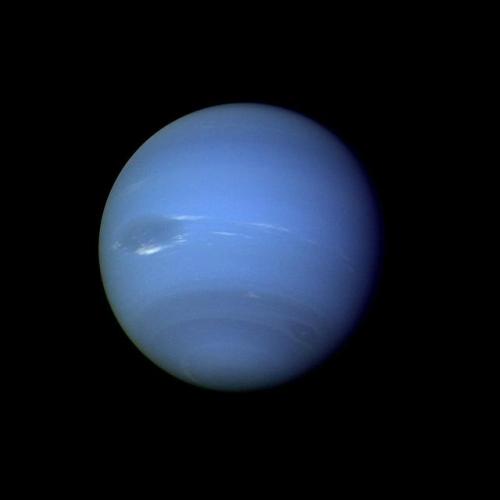
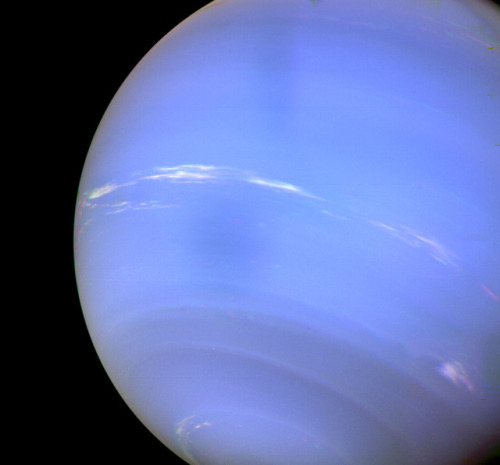
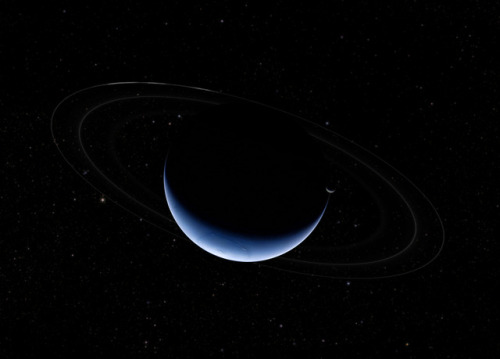
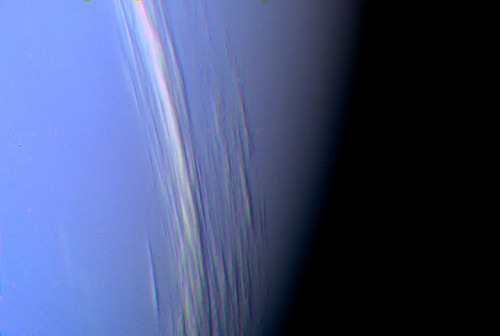
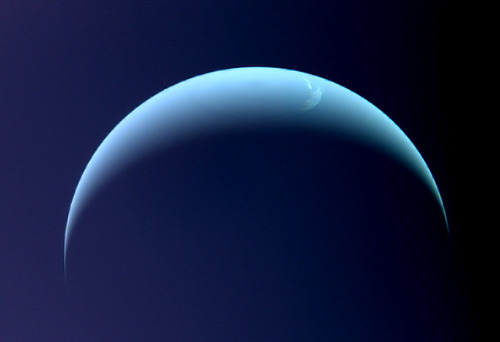
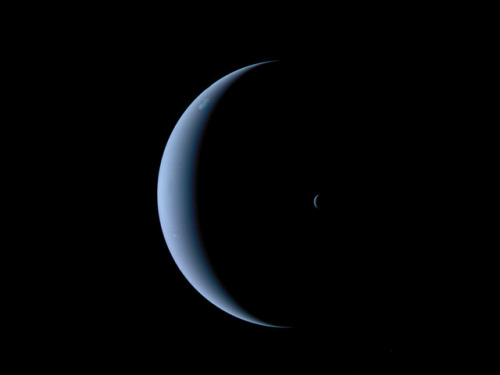
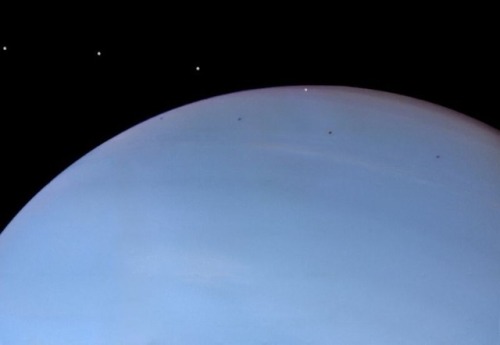
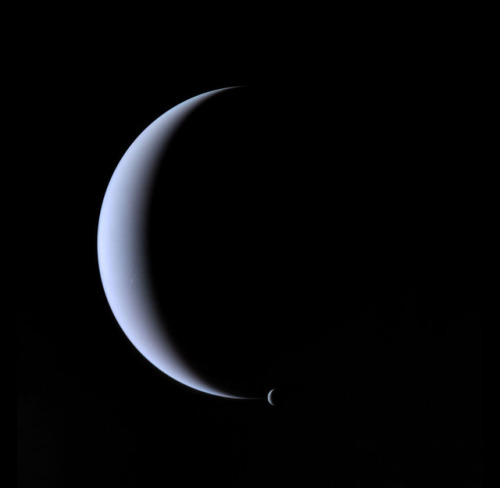
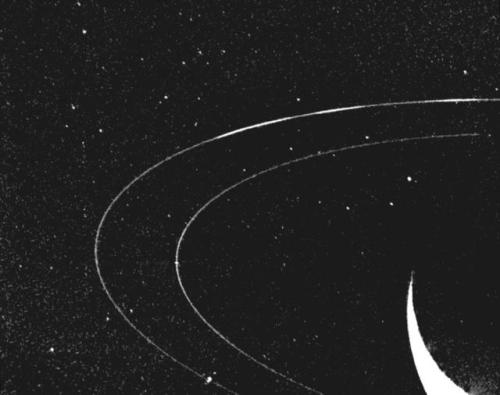
Neptune ♆
On this day in 1846 was discovered the planet Neptune.
The ice giant Neptune was the first planet located through mathematical predictions rather than through regular observations of the sky. (Galileo had recorded it as a fixed star during observations with his small telescope in 1612 and 1613.) When Uranus didn’t travel exactly as astronomers expected it to, a French mathematician, Urbain Joseph Le Verrier, proposed the position and mass of another as yet unknown planet that could cause the observed changes to Uranus’ orbit. After being ignored by French astronomers, Le Verrier sent his predictions to Johann Gottfried Galle at the Berlin Observatory, who found Neptune on his first night of searching in 1846. Seventeen days later, its largest moon, Triton, was also discovered.
Neptune is invisible to the naked eye because of its extreme distance from Earth. Interestingly, the highly eccentric orbit of the dwarf planet Pluto brings Pluto inside Neptune’s orbit for a 20-year period out of every 248 Earth years. Pluto can never crash into Neptune, though, because for every three laps Neptune takes around the Sun, Pluto makes two. This repeating pattern prevents close approaches of the two bodies.
Nearly 4.5 billion kilometers (2.8 billion miles) from the Sun, Neptune orbits the Sun once every 165 years.
Uranus’ blue-green color is also the result of atmospheric methane, but Neptune is a more vivid, brighter blue, so there must be an unknown component that causes the more intense color.
Despite its great distance and low energy input from the Sun, Neptune’s winds can be three times stronger than Jupiter’s and nine times stronger than Earth’s.
Winds on Neptune travel faster than the speed of sound.
In 1989, Voyager 2 tracked a large, oval-shaped, dark storm in Neptune’s southern hemisphere. This “Great Dark Spot” was large enough to contain the entire Earth.
Neptune has five known rings. Voyager 2’s observations confirmed that these unusual rings are not uniform but have four thick regions (clumps of dust) called arcs. The rings are thought to be relatively young and short-lived.
Neptune has 14 known moons, six of which were discovered by Voyager 2.
Triton, Neptune’s largest moon, orbits the planet in the opposite direction compared with the rest of the moons, suggesting that it may have been captured by Neptune in the distant past.
To know more about the planet Neptune click here and here.
Images credit: NASA/JPL- Caltech (some images processed by Kevin M. Gill)
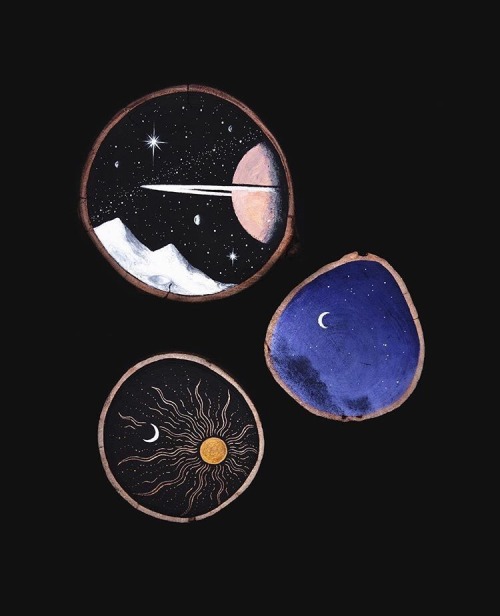
-
 whatwedointhecosmos liked this · 1 week ago
whatwedointhecosmos liked this · 1 week ago -
 yourrescuemission liked this · 2 weeks ago
yourrescuemission liked this · 2 weeks ago -
 princepestilence reblogged this · 2 weeks ago
princepestilence reblogged this · 2 weeks ago -
 caliape liked this · 3 weeks ago
caliape liked this · 3 weeks ago -
 marazt reblogged this · 3 weeks ago
marazt reblogged this · 3 weeks ago -
 miraschon reblogged this · 3 weeks ago
miraschon reblogged this · 3 weeks ago -
 adamesmers reblogged this · 3 weeks ago
adamesmers reblogged this · 3 weeks ago -
 caffeinsanity liked this · 3 weeks ago
caffeinsanity liked this · 3 weeks ago -
 uncle-mrbones reblogged this · 3 weeks ago
uncle-mrbones reblogged this · 3 weeks ago -
 jazmiriah liked this · 4 weeks ago
jazmiriah liked this · 4 weeks ago -
 localbookshop liked this · 4 weeks ago
localbookshop liked this · 4 weeks ago -
 canismotif reblogged this · 1 month ago
canismotif reblogged this · 1 month ago -
 canismotif liked this · 1 month ago
canismotif liked this · 1 month ago -
 peter-porkin-it reblogged this · 1 month ago
peter-porkin-it reblogged this · 1 month ago -
 peter-porkin-it liked this · 1 month ago
peter-porkin-it liked this · 1 month ago -
 ofeliajuzniewroci reblogged this · 1 month ago
ofeliajuzniewroci reblogged this · 1 month ago -
 colonelcaroldanvers reblogged this · 1 month ago
colonelcaroldanvers reblogged this · 1 month ago -
 lost-and-fallen liked this · 1 month ago
lost-and-fallen liked this · 1 month ago -
 snaps-wexley reblogged this · 1 month ago
snaps-wexley reblogged this · 1 month ago -
 no-fuckin-clue-x liked this · 1 month ago
no-fuckin-clue-x liked this · 1 month ago -
 songz-of-freedom liked this · 1 month ago
songz-of-freedom liked this · 1 month ago -
 fenoy7 liked this · 1 month ago
fenoy7 liked this · 1 month ago -
 uveggyapot reblogged this · 1 month ago
uveggyapot reblogged this · 1 month ago -
 glitteroakwizard liked this · 1 month ago
glitteroakwizard liked this · 1 month ago -
 oh-kill-me-pills reblogged this · 1 month ago
oh-kill-me-pills reblogged this · 1 month ago -
 apeirons reblogged this · 1 month ago
apeirons reblogged this · 1 month ago -
 beesreadbooks liked this · 1 month ago
beesreadbooks liked this · 1 month ago -
 readingisfab reblogged this · 1 month ago
readingisfab reblogged this · 1 month ago -
 medossalemos reblogged this · 1 month ago
medossalemos reblogged this · 1 month ago -
 medossalemos liked this · 1 month ago
medossalemos liked this · 1 month ago -
 cuteknight101 liked this · 1 month ago
cuteknight101 liked this · 1 month ago -
 curiousfungi liked this · 1 month ago
curiousfungi liked this · 1 month ago -
 graceslibrary reblogged this · 1 month ago
graceslibrary reblogged this · 1 month ago -
 eretriahs reblogged this · 1 month ago
eretriahs reblogged this · 1 month ago -
 katiezookat reblogged this · 1 month ago
katiezookat reblogged this · 1 month ago -
 katiezookat liked this · 1 month ago
katiezookat liked this · 1 month ago -
 happynow-here reblogged this · 1 month ago
happynow-here reblogged this · 1 month ago -
 faerie-dustand-dreamers reblogged this · 1 month ago
faerie-dustand-dreamers reblogged this · 1 month ago -
 somegreatperhaps reblogged this · 1 month ago
somegreatperhaps reblogged this · 1 month ago -
 thehopefulvoyeur reblogged this · 1 month ago
thehopefulvoyeur reblogged this · 1 month ago -
 venusringsinfurs reblogged this · 1 month ago
venusringsinfurs reblogged this · 1 month ago -
 deceasedslut reblogged this · 1 month ago
deceasedslut reblogged this · 1 month ago -
 delicrieux liked this · 1 month ago
delicrieux liked this · 1 month ago -
 groupienights reblogged this · 1 month ago
groupienights reblogged this · 1 month ago -
 mameilleurennemie reblogged this · 1 month ago
mameilleurennemie reblogged this · 1 month ago -
 wishfuldreamings reblogged this · 1 month ago
wishfuldreamings reblogged this · 1 month ago -
 millaismalaise reblogged this · 1 month ago
millaismalaise reblogged this · 1 month ago -
 uveggyapot reblogged this · 1 month ago
uveggyapot reblogged this · 1 month ago -
 empyriean reblogged this · 1 month ago
empyriean reblogged this · 1 month ago
